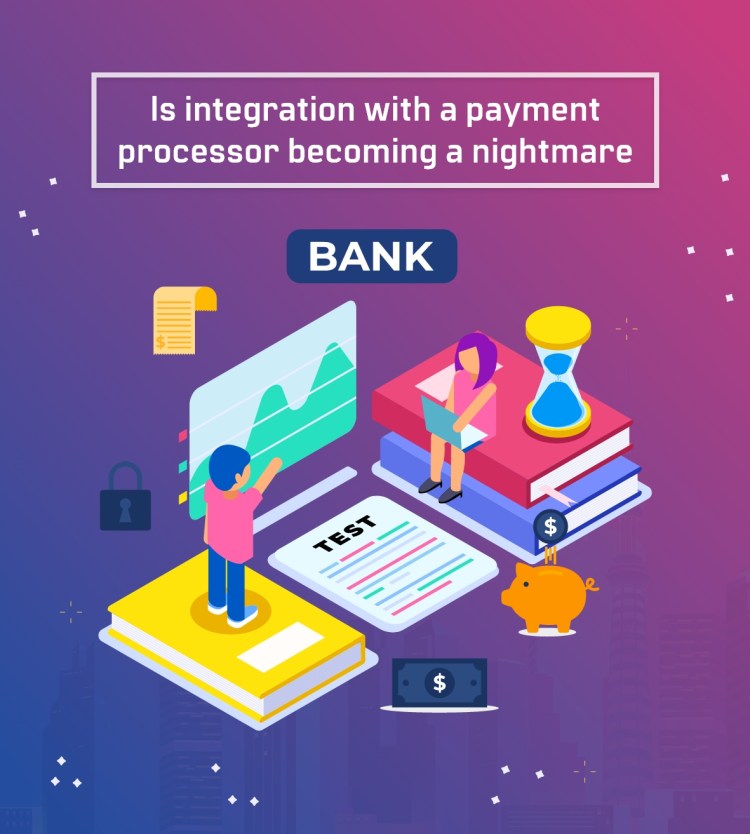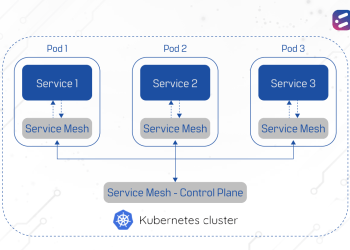Given the demanding expectations of the present-day customer, the need for a seamless digital onboarding process, a simplified payment integration, and overall superior customer experience cannot be overstated.
While responding promptly to customer demands through an agile methodology and DevOps approach is key to delivery without delay, it is also important to ensure that the product/service delivered is of the highest quality. That’s where an exceptional quality assurance (QA) process becomes essential.
The Relationship Between Quality & Customer Experience
Consider this scenario: A potential customer tries to onboard your bank, through the digital onboarding process you have in place. All the facilities required to complete the otherwise long and tedious process are available on your bank’s website. The customer seems happy with the overall flow of the process until, suddenly, she encounters a technical glitch. It could be the sudden slowdown of the site or the disappearance of all the documents she had just spent ten minutes scanning and uploading. Worse, still, now the customer realizes that the process must be initiated again from the beginning.
Here’s another scenario: The customer tries to make an online transaction through your net banking platform. The money has been deducted from his account but there is no confirmation that the transfer has been successfully completed. The customer begins to panic, unsure of where the money has gone. Has the payee received the amount? Is the transaction still processing? Will he get a refund? Should he reinitiate another transaction for the same amount?
In both cases, the customers have had a poor customer experience despite the required features and functionalities of the service being in place. The reason has been the poor quality of the service itself, thanks to bugs and technical glitches that went undetected during the testing process. In the highly competitive market, can you afford to make such a mistake?
The Cost of Poor Quality Assurance
What is the cost of poor quality assurance? The customers, in both the aforementioned scenarios, would have gone through a series of negative emotions during and after the process. These negative emotions – anger, frustration, panic – are directed, not at the singular experience, but at the company that offered it.
What’s more, the customers would have wasted time and effort to get in touch with customer service executives, and to find a solution for the problems they faced. They would have also told all their friends and loved ones about the experience they have had, and thereby reduced the chances of any of them wanting to bank with the same company again. Remember, word of mouth is still one of the most powerful forms of marketing. Making matters worse, the customers take to social media or review platforms and talk about the agonizing experience they have been through! With 90% of customers today searching for reviews before making a purchase or opting for a service, this is indeed bad news for the company.
Making Quality a Priority
According to a recent report, software developers make 100 to 150 errors (on average) for every 1,000 lines of code. This may be inevitable, but its effects can be mitigated through software testing and quality assurance.
The software testing process carried out by specialized testers with the ability for critical thinking, an eye for detail, and a keen understanding of customer satisfaction and customer experience is an essential step in any development process. But that is not enough! An ideal software testing process will include risk analysis, performance testing, regression testing, functionality testing, mobile (and other devices) testing, API testing, UI testing, and security testing.
Continuous Quality Assurance through Test Automation
It is important to make testing a continuous, ongoing, and automated part of the development process, as in an agile methodology. Test automation, a process which makes use of specialized tools to automate and control the execution of tests, is also a highly recommended process.
Test automation comes with the following benefits:
- Increased overall software efficiency and quality
- Maximum accuracy with minimal effort, despite repeated implementations
- Provision to compare actual and expected test results
- Minimal need for repeated and manual intervention
- Faster feedback for faster rectification of errors
- Improved communication and higher efficiency of the overall team
- Reduced business expenses, despite the initial cost of investment
- Reduced overall timeframe of the project and faster time-to-market
Testing automation, on the whole, enhances speed, accuracy, and cost-effectiveness of the entire process.
The CloudNow Expertise
At CloudNow, we understand the importance of offering customers with a high-quality experience without glitches and downtime. We also understand the different challenges involved in addressing multiple aspects of testing and quality assurance.
We provide the following testing services:
- Functional testing
- Integration testing
- System testing
- Usability testing
- UI testing
- Performance testing
- Security testing
- Cross-platform testing
- Mobile testing
- API testing
Some of the tools we’ve used in our previous engagements are:
- API Testing – SoupUI, JMeter, Postman
- Automation – Selenium, Testing Anywhere, Protractor
- Mobile Testing – Appium (Android & ios), Calabash, SmartBear
- Security Testing – Netsparker, Burp Suite, ZED Attack Proxy (ZAP)
- Performance Testing – JMeter, LoadUI, OpenSTA, Testing Anywhere
In all of our testing services, we guarantee the focus on quality, complete transparency and accountability, as well as long-term maintenance and support.
When a global bank was faced with the challenge of providing a superior onboarding experience, we offered a DevOps solution backed up by our testing services. We provided them with API testing, Functional and Integration testing, as well as Security testing services.
Interested in knowing more about how we deliver with speed, without compromising on quality? Read the full case study here or get in touch with us.













